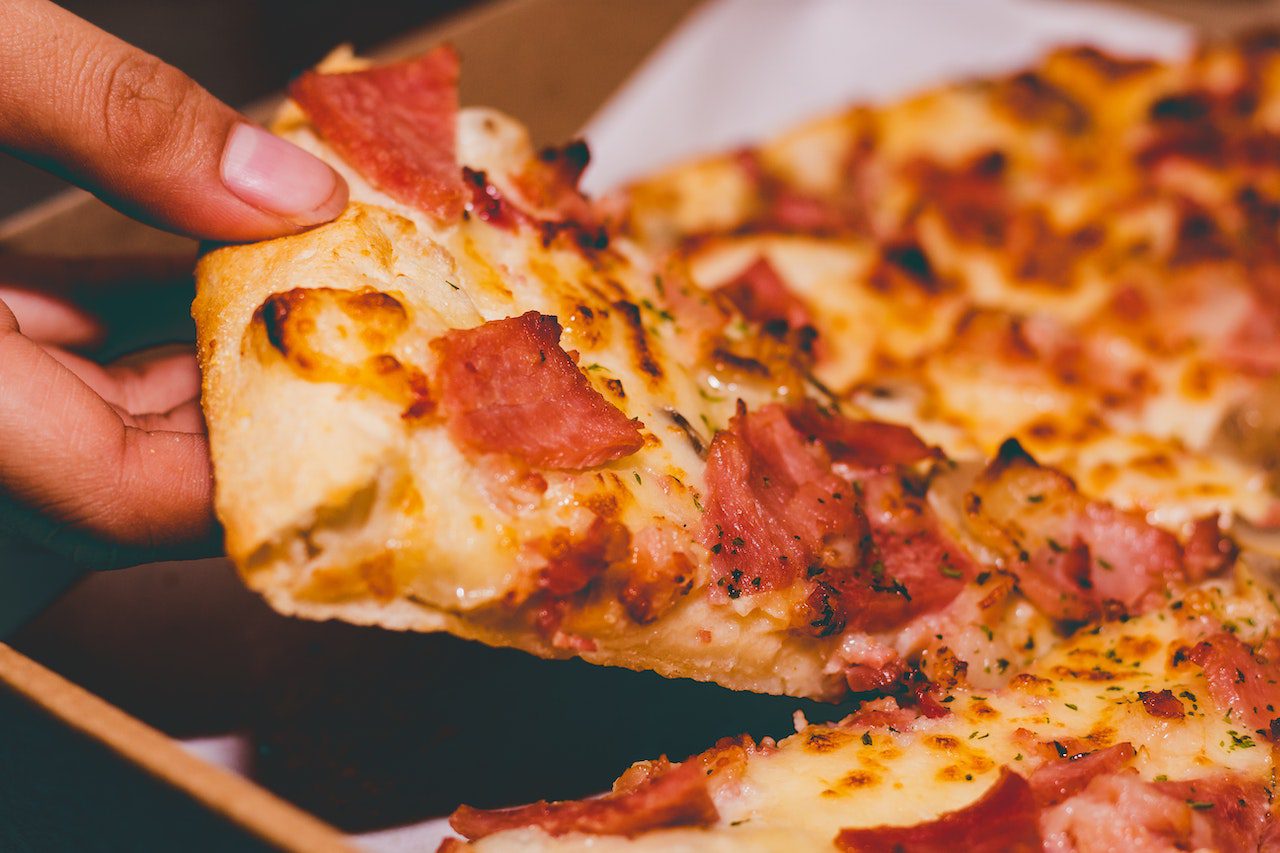“One of the problems associated with wealth is the expectation gap,” wrote Nassim Nicholas Taleb on Twitter recently.
“At a maximally luxurious resort, a diluted espresso or delayed room service can make you frustrated. At a [budget] Hampton Inn, almost nothing irritates you.”
The difference between expectation and delivery applies across all business types, not just at the high end.
Domino’s Pizza has built a fast food empire not a taste, nor on price, but on speed. Place a Domino’s order and you expect it be delivered quickly, or you will be disappointed.
Amazon understood the power of making a promise and keeping it when they launched Prime in 2006.
Free next day delivery remains a big draw when many of Amazon’s e-commerce competitors still charge for delivery (or require a minimum spend) and do not have enough leverage over courier firms to guarantee next day delivery.
We are currently working with a local government client to develop a recruitment campaign to attract people to social care roles in one of the most deprived areas in the UK.
There is no sugar coating how challenging the roles will be, but for people seeking to gain lots of experience and progress in their careers, that is the attraction. And so that is what we are leading on in the campaign.
When working with clients in the hospitality sector, we have also seen the power of setting expectations.
It can be tempting to feature photos of only your most impressive and recently renovated hotel rooms, but this is asking for trouble if guests are shown to shabbier quarters on arrival.
Bad reviews are often triggered not by the experience being terrible per se, but on expectations having not been met.
Ryanair takes this approach by focusing on price to the exclusion of almost everything else. Customers almost expect the experience to be bordering on unpleasant, but will tolerate it so long as the ticket prices are low.
The disconnect occurs when customers face unexpected fees that push up the overall cost. Suddenly the compromises made over comfort do not seem worth it, and emotions can run high, as anyone who has been near a Ryanair check-in desk can attest.
Developing a customer value proposition for a brand is often about deciding where to set expectations. As the famous saying goes, “You can have it fast, you can have it good, you can have it cheap: pick two.”










